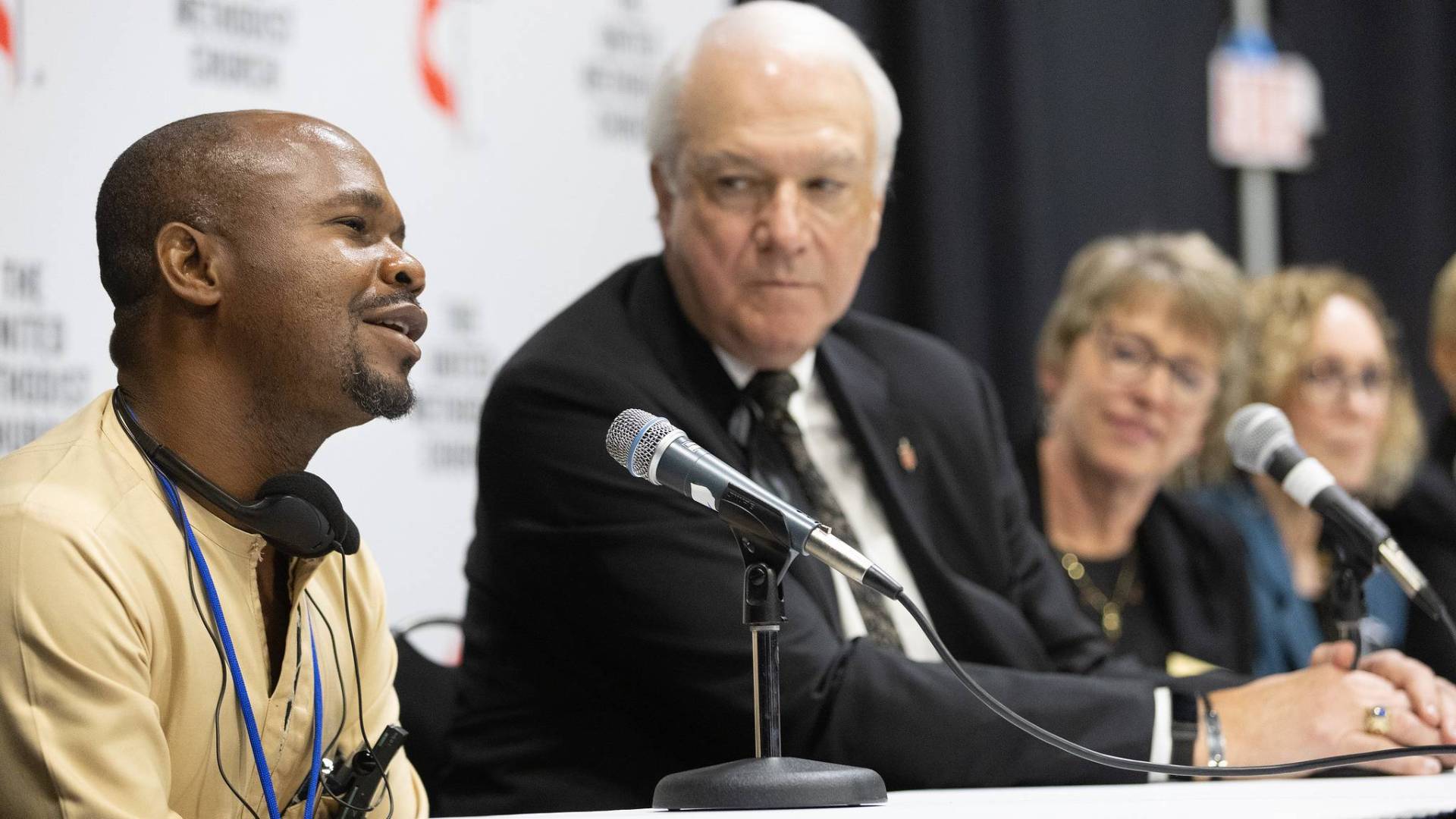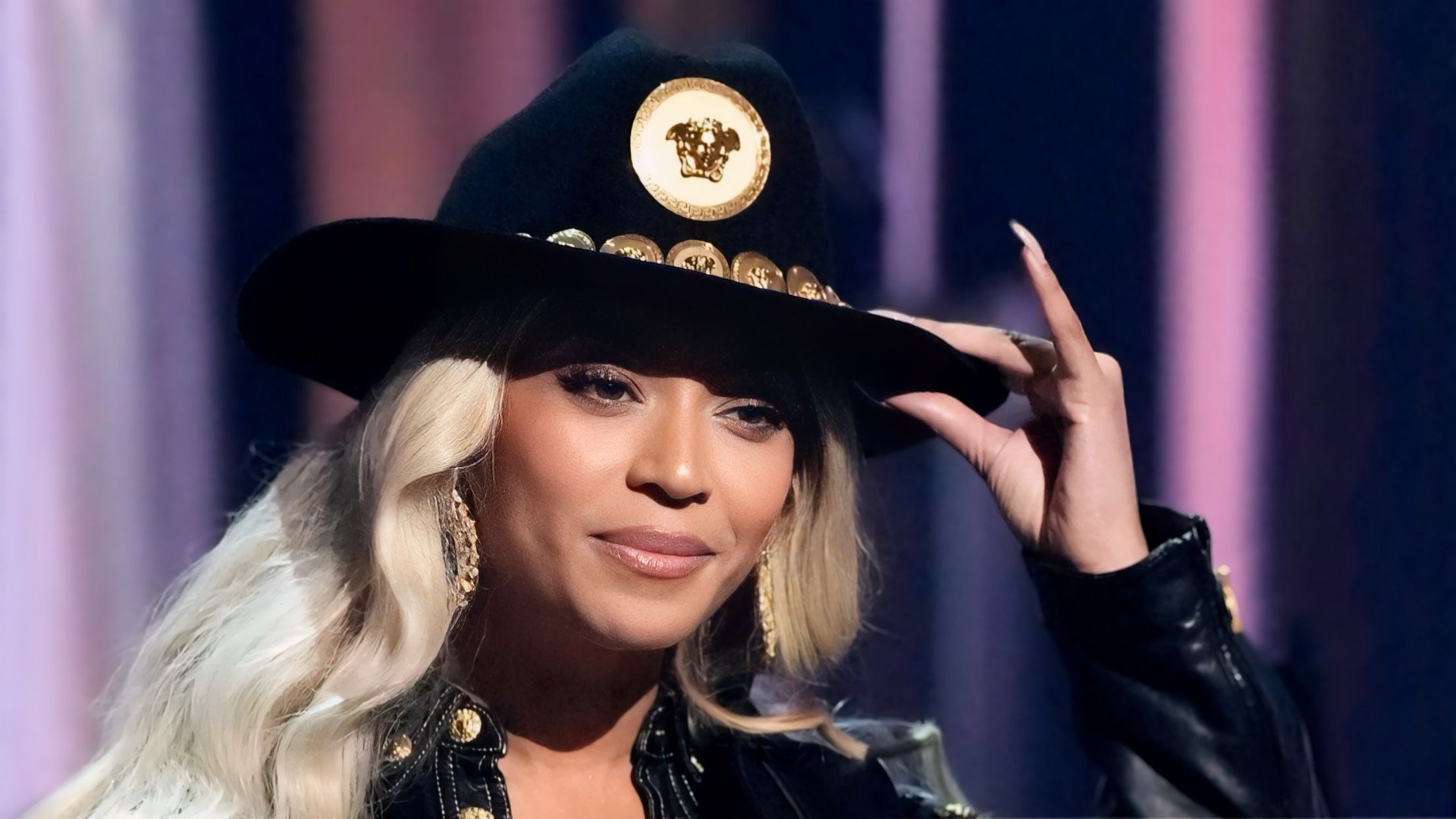The top legislative body of the United Methodist Church passed a series of measures Thursday to restructure the worldwide denomination to give each region greater equity in tailoring church life to its own customs and traditions.
The primary measure, voted on as the UMC General Conference met at the Charlotte Convention Center in North Carolina, was an amendment to the church’s constitution to divide the denomination into four equal regions—Africa, Europe, the Philippines, and the United States.
According to the plan, each region would be able to customize part of the denomination’s rulebook, the Book of Discipline, to fit local needs. While church regions in Africa, the Philippines, and Europe have already enjoyed some leeway in customizing church life, the United States has not.
The vote on the constitutional amendment passed 586–164, or by 78 percent, which means it surpassed the two-thirds majority needed for constitutional amendments. It must now go before each smaller church region, called an annual conference, for ratification by the end of 2025.
If ratified by two-thirds of delegates to the annual conferences, the restructuring would allow the four regions to set their own qualifications for ordaining clergy and lay leaders; publish their own hymnal and rituals, including rites for marriage; and establish its own judicial courts. A new Book of Discipline would have one section that could be revised and tailored for each of the four regional conferences.
The two-week worldwide meeting is the first meeting of the General Conference in five years, due mostly to delays associated with the COVID-19 pandemic. It follows a painful schism that has split some 7,600 US-based churches from the denomination—a loss accounting for 25 percent of all US congregations.
Regionalization was the first order of business and it came unexpectedly early in the meeting. The General Conference typically does not take up major proposals until its second week.
This is not the first time Methodists have tried to regionalize their operations. The last attempt, in 2008, passed in the General Conference but failed to receive two-thirds ratification among individual conferences around the world.
The Rev. Dee Stickley-Miner, executive director of missional engagement for the General Board of Global Ministries who has worked on the plans alongside non-US-based church leaders, said this time around, the measures are more clearly stated and have been shaped and vetted by Methodists in the various regions.
Regionalization has been framed as an undertaking of decolonization. Born of an 18th-century movement begun in England by John and Charles Wesley, the Methodist movement through its various schisms and realignments has always been centered in the United States. This new regionalization, if it is approved, will decentralize the church.
“We’ve really come to understand how worldwide the United Methodist Church is and how that requires some changes in how we structure ourselves, so that the United States is seen alongside the other regions in order that Jesus can remain at the center and not in one region,” Stickley-Miner said.
But the regionalization plan is also an acknowledgment that cultural and theological differences are driving Methodists apart, especially regarding sexuality. Many church leaders believe the only way Methodists around the world can live under one umbrella is if they have leeway to differ on matters of same-sex marriage and ordination of LGBTQ people.
Several coalitions of Methodists in the US and abroad opposed the measure, including the Wesleyan Covenant Association and Good News Magazine.
On Thursday, delegates passed five of the eight measures in the regionalization package; the remaining three, which pertain to the US only, will be voted on later and are considered procedural.












































